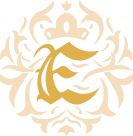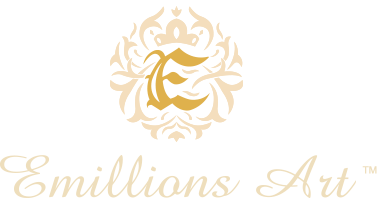“Art Market Research” refers to a systematic and multidisciplinary study of the art market, encompassing various aspects related to art production, distribution, consumption, and valuation. This research field is integral to understanding the dynamics of the art market, which includes the buying and selling of artworks, the behavior of collectors, trends in art prices, and the broader economic and sociocultural factors that influence the art world.
Key elements of art market research include:
Market Analysis: Art market researchers analyze the overall art market, assessing its size, growth, and geographical distribution. They examine the different sectors within the art market, such as the primary (artists and galleries) and secondary (auction houses and art dealers) markets.
Price Trends: Researchers track and analyze price trends for various art categories, artists, and specific works. They explore how factors like economic conditions, art market cycles, and art historical significance affect price fluctuations.
Art Market Participants: Researchers study the key players in the art market, including collectors, investors, dealers, auction houses, museums, and artists. They investigate the motivations and behaviors of these stakeholders.
Art Movements and Genres: The research delves into the popularity of specific art movements, styles, and genres over time. This involves examining how tastes and preferences evolve and influence market demand.
Geographic and Cultural Dimensions: Art market research often considers the regional and cultural aspects of art markets, recognizing that different regions and cultures may have distinct art market dynamics and preferences.
Economic and Financial Factors: Researchers examine the economic forces that impact the art market, including inflation, interest rates, wealth distribution, and the impact of economic crises. Financial models and statistical analysis are sometimes employed to understand these influences.
Art Market Regulations: The study also encompasses the legal and regulatory framework governing the art market, including issues related to provenance, authenticity, taxation, and import/export restrictions.
Auction House Data: Art market researchers frequently utilize data from auction houses, including sales results, catalogs, and historical records, to analyze market trends and estimate the value of artworks.
Art Market Behavior: The behavior of market participants, such as collectors and investors, is examined to understand the decision-making processes and factors influencing art acquisitions and sales.
Market Forecasting: Researchers may use predictive modeling and analysis to forecast future trends and conditions in the art market, helping stakeholders make informed decisions.
Art Historical Context: Art market research often combines art historical knowledge to contextualize the market, exploring the connections between art movements, artist biographies, and market dynamics.
Art market research is valuable not only for scholars and academics but also for art professionals, collectors, investors, and policymakers. It contributes to a deeper understanding of the art market’s intricacies and helps guide decisions related to art investments, collection management, and art market policies



